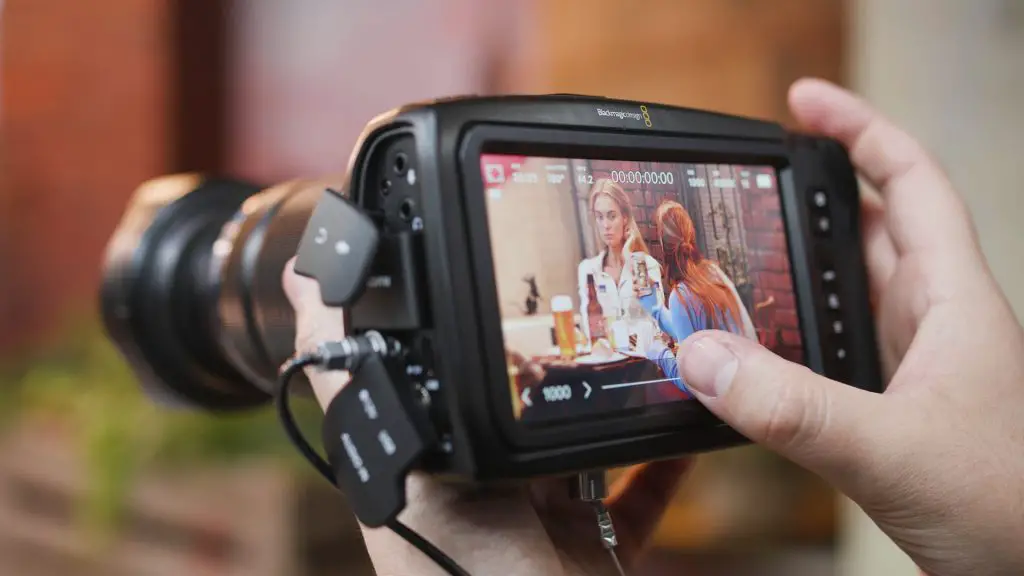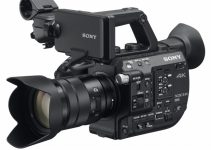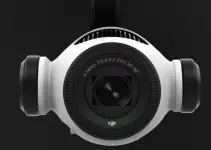IBC 2018 is now over, but the excitement around some of the big announcements on the acquisition side of things remains. Arguably, Blackmagic RAW was one of the most significant announcements at IBC this year, no doubt about that. The new 12bit, cross platform, raw format has the potential to revolutionise the workflow for many indie filmmakers.
Back in 2012, Blackmagic gave us affordable CinemaDNG raw with the original BMCC 2.5K, however that workflow was never fun or intuitive.
In 2018, after two years+ of hard work, Blackmagic released their own RAW format for the URSA Mini Pro 4.6K (initially) with the intent to migrate it to other cameras such as the BMPCC 4K, which is due to ship very soon. At $1300, fast and intuitive RAW will be available to just about everyone serious about making high-quality moving images.
With Blackmagic RAW users can select either a Constant Bitrate option, or a Constant Quality option with a variable bit rate depending on what you are filming in the particular scene. In Constant Bitrate you get a choice of 3:1, 5:1, 8:1 and 12:1 compressions, which will give you various file sizes, while still retaining lossless quality and full raw functionality.
Is Blackmagic RAW the RAW format for the masses? I guess time will tell, but one thing is certain – in true Blackmagic Design fashion, their new RAW format goes beyond what ProRes Raw can offer – unlike the proprietary Apple format, which has it’s own merits of course, BMD Raw is OS agnostic and offers more “true” raw functionality such as WB adjustment in addition to more compression ratios; Windows and Linux users can utilise the immense power of DaVinci Resolve 15 and beyond and now with BMD Raw it does not really matter what OS you are running.

ISO slider on BMPCC 4K is a thing of beauty and so is the camera. I want one!
Not being tied to a proprietary piece of software like FCP X is a huge benefit the effects of which are yet to ripple through the industry.
There is a lot of sophisticated tech that goes into making a codec like Blackmagic Raw, and despite partial de-mosaicing that happens in the camera (which some may consider to be a very un-raw thing to do) from what I saw demoed at IBC in Resolve 15.1, I could care less about how “true” RAW the new format is – Blackmagic RAW is blazing fast and the images were stunning! That’s all I care about, and so should you.
But you say – it’s not really Raw is it? Well, ProRes Raw is not really Raw. And neither is REDCODE Raw. But that’s besides the point. These two codecs are great and people use them all the time. A comparison between BMD Raw and REDCODE Raw/ProRes Raw will be fascinating I am sure and probably necessary for a lot of people.
I see a few heated discussions on forums about whether this or that codec is truly RAW and this makes me a tad bit amused. Your clients will neither care, nor know the difference. It’s only those that you argue with on the forum that will, but that sadly won’t pay your bills. Uncompressed raw is not economically feasible and offers extremely marginal image quality improvements, which by the time you deliver, evaporate in the eye of the “regular” beholder.
Super talented people have long been creating stunning images with RED cameras and much “less capable” non-raw cameras, and now that we have a very affordable and fast Raw format that is cross platform and can potentially appear at some point in non-Blackmagic cameras (which BMD are opened to discussing and working with 3rd party manufacturers) is a game-changer. As much as I hate using the word, for once, it really means just that.
And there is more good news on the BMPCC 4K front, as it appears the camera is on track for shipping this month:
For more details on Blackmagic RAW see the video below and read our original post on BMD RAW here.
In addition to Blackmagic RAW support, DaVinci Resolve 15.1 update also adds support for new audio ducking features using side-chain compression, support for Fusion compositions outside of the edit timeline, Fusion loader nodes, audio bouncing with effects, source timecode overlays, keywords for markers and more.
Users can now round trip audio clips to third party audio processing applications from the Fairlight timeline, cache audio clips, deliver supplemental IMF packages, Netflix certified IMF packages, work with stereoscopic 3D EXR files, access frame based metadata and much more.
To download DaVinci Resolve 15.1 head over to BMD’s support page here.
Stay tuned for more IBC 2018 coverage throughout the week, we’ve got lots of new videos from the show floor coming up.
Disclaimer: As an Amazon Associate partner and participant in B&H and Adorama Affiliate programmes, we earn a small comission from each purchase made through the affiliate links listed above at no additional cost to you.



